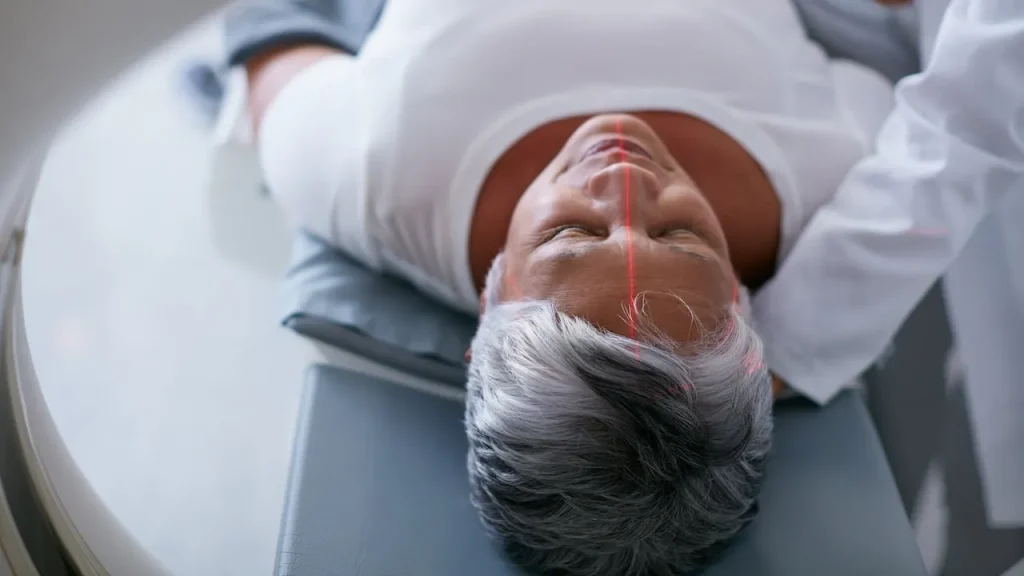New Hope in Alzheimer’s Research: Tackling Early Stages of Disease
Scientists might have discovered a way to prevent Alzheimer’s damage from occurring in the first place. Researchers have found that by “melting” tiny protein clusters, which are the initial signs of the disease, they can stop the harmful processes that lead to cognitive decline.
Alzheimer’s has been closely associated with dangerous tau protein fibrils that accumulate in the brain. However, recent findings from Tokyo Metropolitan University indicate that smaller, softer clusters appear earlier and can be targeted effectively. By dissolving these early clusters, the formation of toxic fibrils can be halted, leading to potential breakthroughs in Alzheimer’s treatment.
Led by Professor Rei Kurita, the study utilized advanced X-ray and fluorescence techniques to identify these microscopic precursors, which are only a few nanometers in size. This new approach suggests that future therapies could work on reversing these initial changes instead of waiting until more serious damage occurs.
This strategy might not only be useful for Alzheimer’s but could also apply to other neurodegenerative conditions like Parkinson’s disease. However, it’s important to note that the study was conducted in laboratory settings using biochemical models, so more research is needed to see if similar clusters occur in human brains.
Dr. Marc Siegel, a senior medical analyst, commented on the significance of these findings. He emphasized that there are currently three key factors involved in the development of Alzheimer’s: beta-amyloid proteins, tau proteins, and neuroinflammation. Siegel believes that combining treatments to target these areas—anti-inflammation, anti-beta-amyloid, and now, possibly anti-tau—could offer a more effective approach to therapy.
Courtney Kloske, Ph.D., from the Alzheimer’s Association, described the research as promising and a step toward understanding the disease better. However, she cautioned that while these early findings show potential, further studies are necessary to see how this research can be applied in human cases.
The journey toward better Alzheimer’s treatments continues, opening new avenues for hope and understanding in the battle against this challenging disease.


